Introduction to Flutter: A Primer on Cross-Platform Development
 Samanvitha Ayaluri
Samanvitha Ayaluri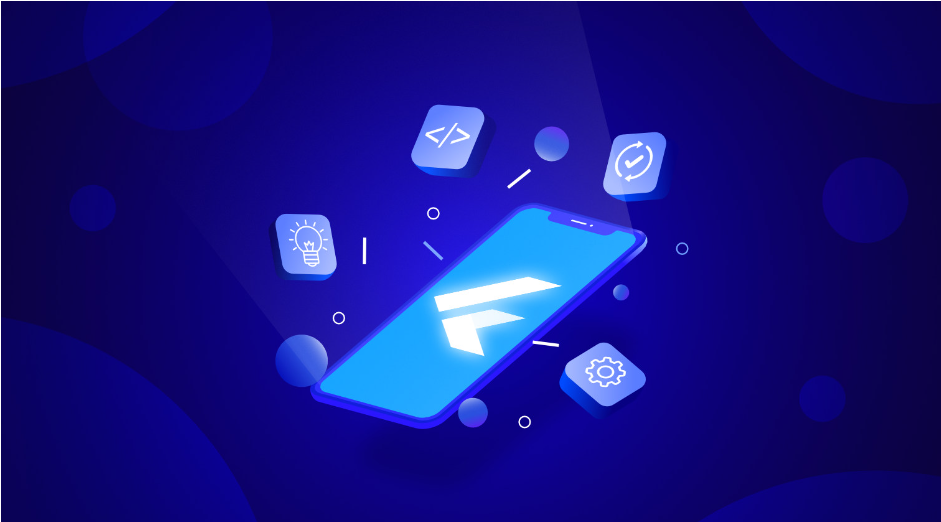
Flutter is an open-source UI software development kit created by Google. It is used to develop applications for mobile, web, and desktop platforms from a single codebase.
Applications of Flutter:
Flutter is primarily used for building mobile applications for both Android and iOS platforms which include :
E-commerce Apps: Many e-commerce businesses use Flutter to create shopping apps that offer smooth navigation, interactive product catalogs, and secure payment gateways.
Media and Entertainment: Flutter is used to develop media streaming apps, social networking platforms, gaming applications, and digital content delivery systems.
Healthcare and Fitness: Flutter is used to create healthcare apps, telemedicine platforms, fitness tracking applications.
Travel and Hospitality: Flutter is used to build travel booking apps, hotel reservation platforms, flight tracking applications, and tourist guide services.
Healthcare and Fitness: Flutter is used to create healthcare apps, telemedicine platforms, fitness tracking applications, and wellness solutions.
Prerequisites of flutter:
Basic Programming Knowledge: The Flutter framework is built with Dart. Dart is a modern object-oriented programming language. Dart is relatively easy to learn if you're familiar with languages like Java, JavaScript, or C#.
Operating System: Flutter development can be done on Windows, macOS, or Linux. Ensure that your operating system meets the system requirements specified by Flutter.
Flutter SDK: Install the Flutter SDK on your system by downloading it from the official Flutter website.
Widgets: Learn about Flutter widgets, which are the building blocks of Flutter UIs.
Layouts: Familiarize yourself with Flutter layout widgets like Row, Column, Container, Stack, etc., for arranging widgets on the screen.
Learning Resources: Utilize online tutorials, documentation, official Flutter website, and community forums to learn Flutter development.
Dart:
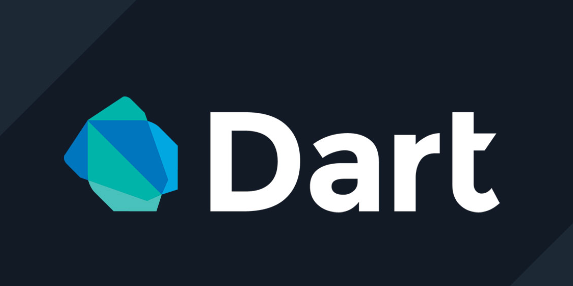
Dart is a class-based, object-oriented language, meaning it supports principles such as encapsulation, inheritance, and polymorphism.
Dart has a robust package management system called Pub, which provides access to a wide range of libraries and packages for various purposes, including web development, data processing, and more.
Dart can interoperate with JavaScript code, allowing developers to use existing JavaScript libraries and frameworks within Dart applications.
Widgets in flutter:
Remember, in flutter everything is a widget
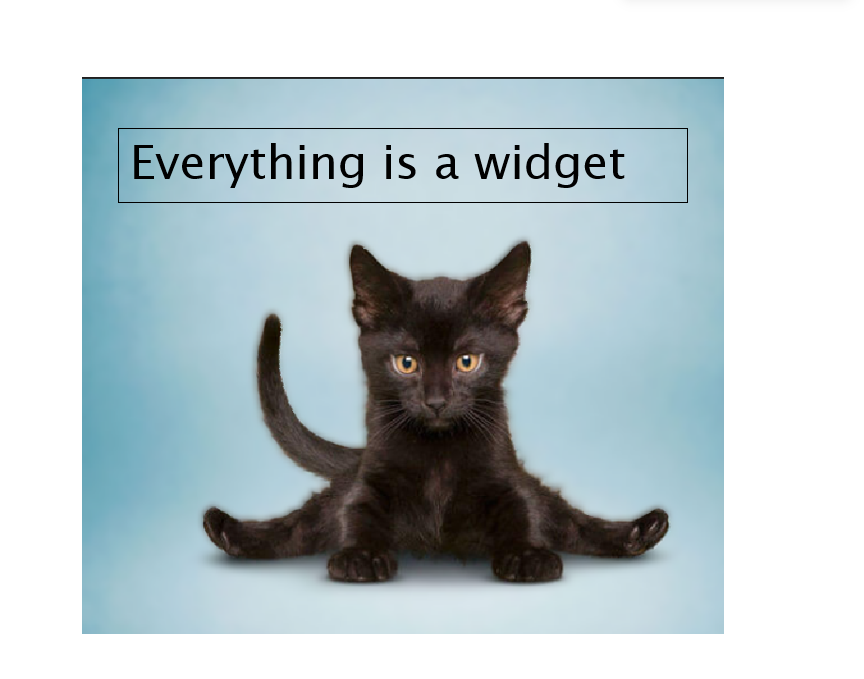
There are two main classifications
1. Stateless Widget
2. Stateful Widget
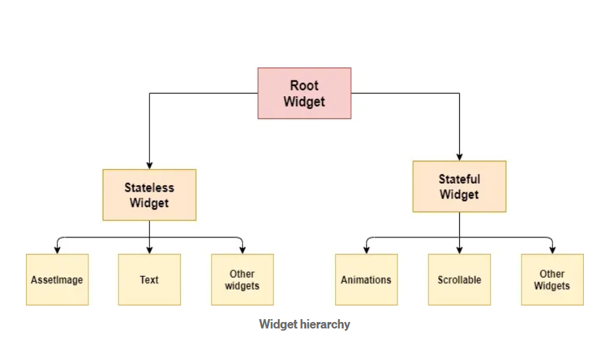
Stateless Widget: Stateless Widgets are those whose state does not change. Example: button, an image, or an icon…
Stateful Widget: Stateful Widgets are those whose state changes whenever any action is performed on the screen. Example: pageview, bottom navigation bar, radio button
Layouts:
In Flutter, layouts are structured using widgets to define how user interface elements are arranged on the screen.
There are two types:
1.Single child Widget
2.Multiple child Widget
Single Child Widget: Layouts that can contain only one child widget, such as Container, Center, Align, and Padding, enabling precise control and customization of individual elements.
Multiple Child Widget: Layouts that can contain multiple child widgets, like Row, Column, Stack, and Wrap, facilitating the arrangement and organization of multiple elements in a single layout container.
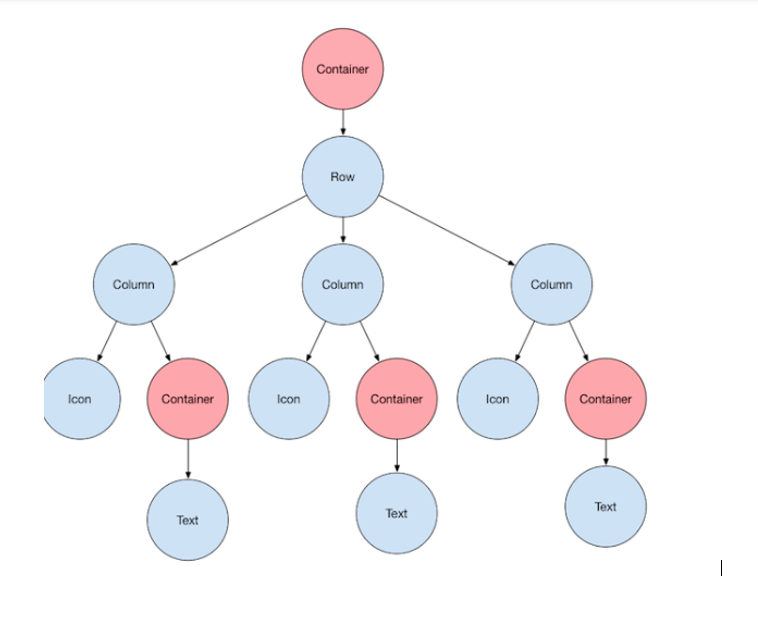
Subscribe to my newsletter
Read articles from Samanvitha Ayaluri directly inside your inbox. Subscribe to the newsletter, and don't miss out.
Written by
